Table of Contents
- 1 Saab’s Historic Trollhättan Factory Faces Final Dismantling: An End to a Swedish Icon
- 2 A Legacy of Precision: The Power Behind Every Saab Model
- 3 The Last Breath of a Saab Factory
- 4 From Saab 96 to Saab 9-5: A Journey Through the Presses
- 5 A Complex Dismantling: The Future of Saab’s Presses
- 6 Saab’s Soul Lives On… Elsewhere
- 7 Nostalgia vs. Reality: Why Trollhättan’s Factory Will Never Produce Cars Again
- 8 The Last Saab: A Danish Story
- 9 What’s Next for Trollhättan?
Saab’s Historic Trollhättan Factory Faces Final Dismantling: An End to a Swedish Icon
The legacy of Saab’s Trollhättan factory, once the beating heart of the company’s innovative car production, is facing a somber reality. The monumental presses that shaped every Saab model since the 1960s are being dismantled, sold, and shipped overseas. This marks the definitive end of car production in Trollhättan, once home to the vehicles that defined Swedish automotive engineering.
A Legacy of Precision: The Power Behind Every Saab Model
Since the 1960s, the massive hydraulic presses at Trollhättan have been central to the production of Saab cars. From the early Saab 96 and Saab 99 to the later models like the Saab 9-3 and Saab 9-5, these machines shaped the body panels that gave Saab its distinct look and engineering brilliance. Every curve, every panel, and every unique design element that Saab enthusiasts admired were formed by these legendary presses.
According to Peter Bäckström, curator at the Saab Car Museum, “They’ve pressed everything from the Saab 96 and 99 to the last 9-5.” The presses are more than just machines—they’re a piece of Swedish industrial history that connected generations of Saab models.
The Last Breath of a Saab Factory
The factory’s closure has long been a painful memory for many Saab enthusiasts and former employees. While there were faint hopes that production might restart after Saab’s 2012 bankruptcy, these dreams have now been dashed for good. NEVS, the Chinese-owned successor to Saab, struggled to revive production and eventually lost the rights to the Saab brand, leaving Trollhättan’s future in limbo.
However, NEVS remains active with new ventures, as detailed in recent reports. Despite setbacks like the cancellation of the EV Electra deal , NEVS is pushing forward with fresh plans, including the unveiling of new office spaces and bold strategies for the future of the Stallbacka site .
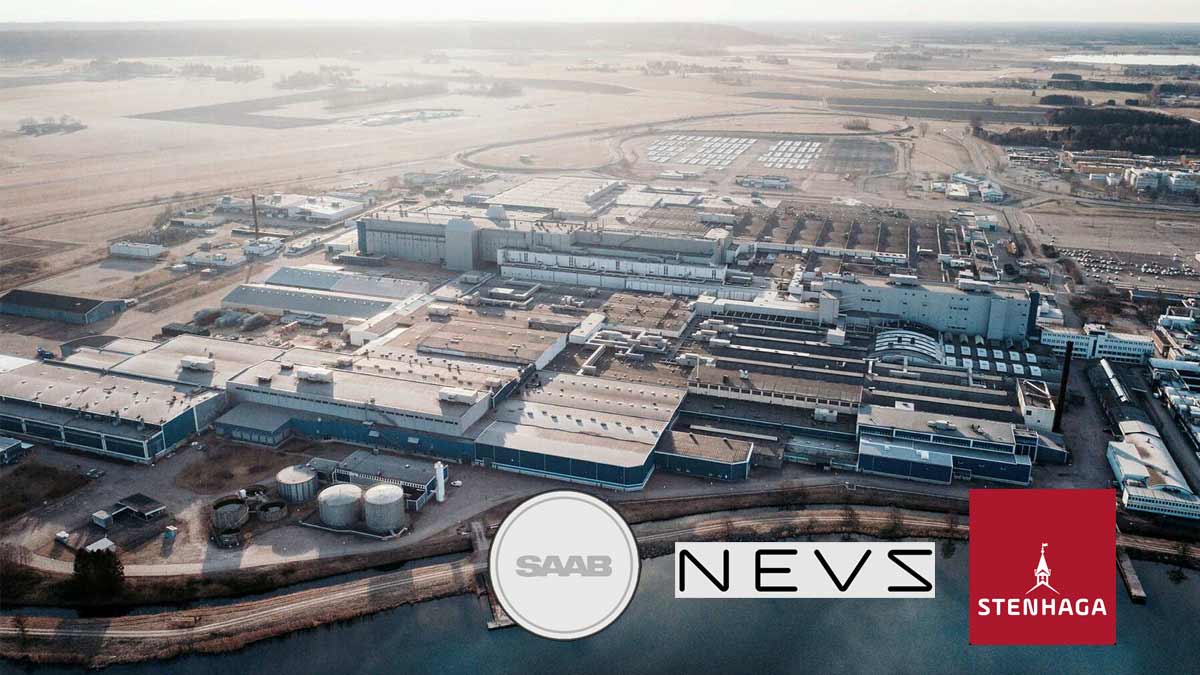
Joachim Ågren, from Surplex, the company overseeing the sale of the presses, notes, “It’s difficult not to get nostalgic and shed a tear. These presses have shaped Saabs that millions of Swedes have grown up with.”
From Saab 96 to Saab 9-5: A Journey Through the Presses
The history of Saab’s iconic models is intertwined with these presses. The oldest machine, dating back to 1967, began by forming the classic Saab 96 and Saab 99, cars that were groundbreaking in their time. As the years progressed, the presses molded newer and more advanced models, such as the Saab 900, Saab 9000, and the final iteration, the Saab 9-5.
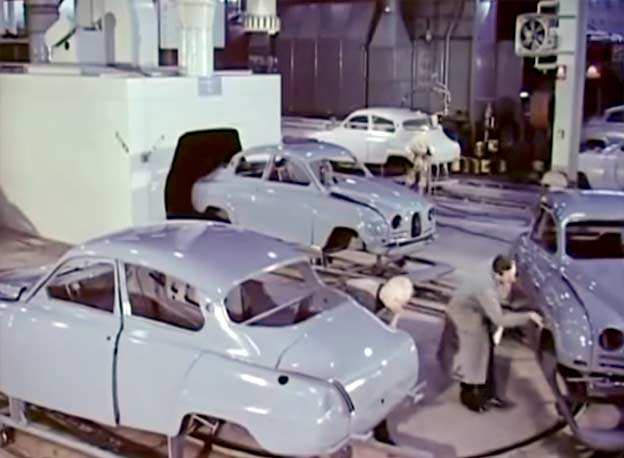
“It’s astonishing to see the condition these machines are still in,” said Ågren. “The oldest press, from 1967, is fully modernized and still capable of handling today’s industrial demands.” This machinery has been a constant in Saab’s production for over five decades, helping to craft cars beloved by millions around the world.
A Complex Dismantling: The Future of Saab’s Presses
The process of dismantling these monumental machines is no small feat. There are twelve presses, some of which are capable of exerting pressures of up to 7,850 tons. Moving them is a highly complex operation, and potential buyers from countries like China and the USA are already lining up to acquire these pieces of automotive history.
While these presses were specifically designed for car manufacturing, they could be adapted for other industries. “Most of these machines can be repurposed for different industries. The possibilities are only limited by imagination,” said Ågren Carup magazine.
Saab’s Soul Lives On… Elsewhere
As these machines depart for new destinations, many Saab enthusiasts are left wondering what could have been. The presses that gave life to legendary models like the Saab 900 Turbo and Saab 9000 Aero are now poised to shape products in distant countries. This departure symbolizes the final chapter in Saab’s long and storied history.

For many Swedes, the dismantling of these presses is deeply emotional. Bäckström reflected on the cultural impact Saab had, noting that childhood memories and special moments are tied to these cars. “People remember their summers in the backseat of a Saab 99, watching the Swedish landscape pass by. Others recall their first love in a Saab 900 parked in some quiet corner of Sweden. These memories are what these presses created.”
Nostalgia vs. Reality: Why Trollhättan’s Factory Will Never Produce Cars Again
There were once whispers of Trollhättan’s factory returning to life. The hope that Saab production could resume never fully faded. However, the sale of these presses signals the end of such dreams. Trollhättan’s role as a car production hub is no more, and the plant’s future now lies far from its automotive roots.
Yet, even as the presses leave Swedish soil, their legacy remains. “These presses carry Saab’s soul with them. Wherever they go, they’ll take a piece of Trollhättan with them,“ said Ågren. Though their physical presence will be gone, the impact these machines had on Swedish industry will not be forgotten.
The Last Saab: A Danish Story
In a fitting end to Saab’s story, the last Saab car ever produced was purchased by Claus from Denmark in 2019. He paid 325,000 Danish kroner for the car, a final homage to a brand that once captured the imagination of car enthusiasts worldwide.
What’s Next for Trollhättan?
As Trollhättan’s presses are shipped off, the town must look forward to a future without its automotive past. Though there is no shortage of nostalgia surrounding Saab, the practical reality is that car production will never return to the factory. For Saab enthusiasts, this is the final chapter in the long and storied history of a brand that was as much a part of Sweden’s identity as it was of automotive innovation.
Read more about the dismantling of Saab’s iconic factory and its impact on Swedish industry here in Carup special report report.







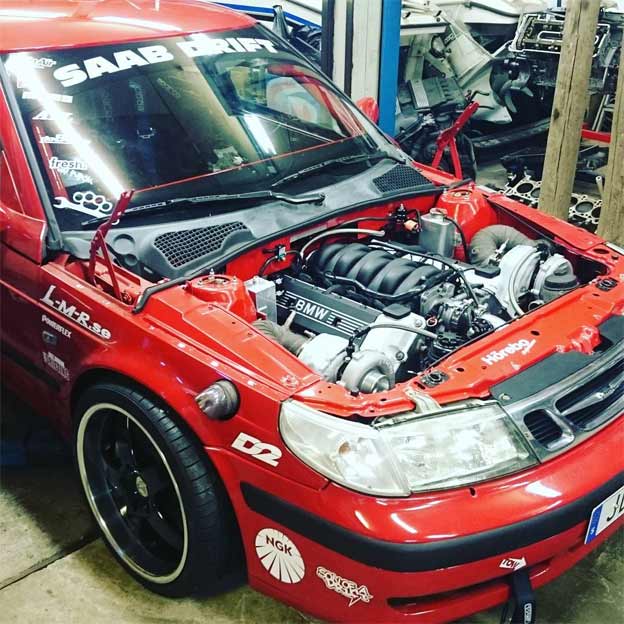

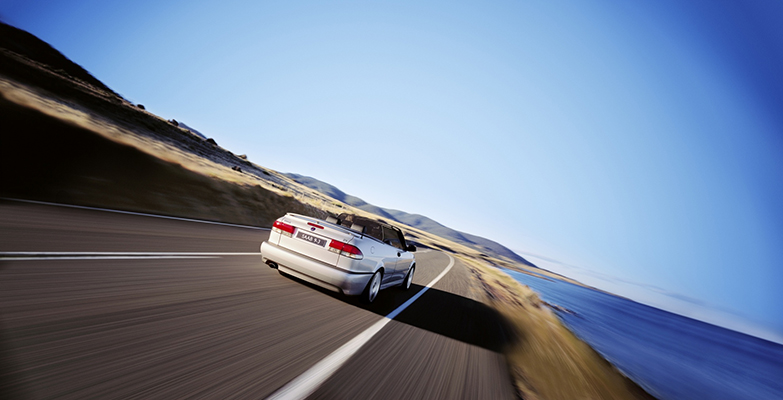
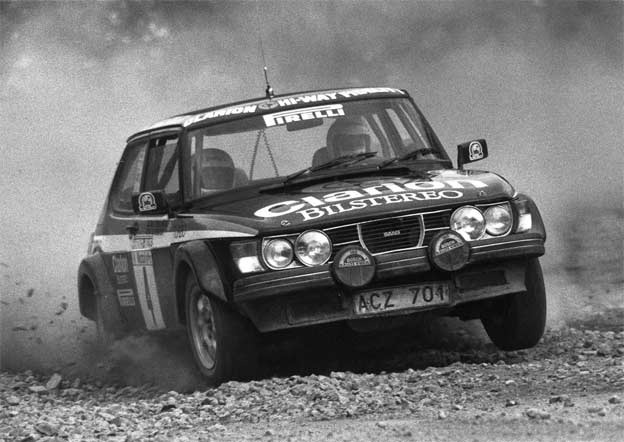

Don’t send .. keep it here worth a mint 👌 if collectors buys it say £40,000 I would buy it brand new
It’s sad but it’s not a surprise.
3 or 4 tries have been done in 12 years, now it’s too lathe( pun about machinery) late.
The car brand I loved the most, I tend to compare all other brands with the SAAB
Do anyone else think that there should be some sort of historical reference to the site for future generations to see ?
Time for new machines…leave old to whichever overseas they went.
It is totally insane to do this.
Nevs has always stated that the Emily GT is in production at the old Saab factory.
But now that completely ended.
Why have you spent so many resources on this Emily GT?
And life that it has to be made in Sweden at the old Saab factory?
When it has now become a total closure. should also demolish all the buildings, so there are no memories and the most fantastic Saab car manufacturer.
Thank you GM for this scandal.
To Bri >
An Not really “always”. Most of the factory was sold one year ago to a logistics company.
To Anders Jansson >
For a logistics company.
A Swedish rich man bought it, and also promised that cars would be made there again.
But the car was still to be produced at Saab’s old factory in Trollhättan.
As late as Dec. 2023, there will be talk about this. and should have been updated in July 2024.
But him says Jihad Mohamma.
But he tries to take Nevs ass.
I would suggest that the brand name has been bought by the Chinese and you will see a new “Saab” eventually
But it won’t be Swedish
To Iain Love >
And if they can replicate that quality, it might be the only thing made in China that doesn’t break the next day.
Does this mean the Emily GT is dead too?
Are there already buyers for the presses? And why would it not be possible to install new once, if somebody picks up production?
TO Thyl Engelhardt
”Nobody” interested has a pocket deep enough to restart design & production of a new vehicle line today. The investments is just enormous in the multi billion dollar range! 🥲🏁
TO Göran Kähler
with the new hype for EV could most definitely make a profit restarting production
Bad swedish government , but ofcourse , in eu carproduction should be in germany
Ho lo stesso modello,diesel e ho fatto 60 mila km in un anno nessun problema,macchina potente e consuma poco!
Political decisions killed SAAB.
The Swedish government 2010 was instructed by USA to withdraw the governmental loan guarantee from the European Investment Bank (EIB).
I have this one, runs superb and is still a good looking car. A few weeks ago I saw a red/orange one in New Hampshire and Exchanged a wave with the driver.
I was there last time in early 2010 and got to see the NG 9-5 being built. Right then it felt really hopefull and like there was a future for Saab. 😕
Wondering if there will be any manufacturing of Emily GT???